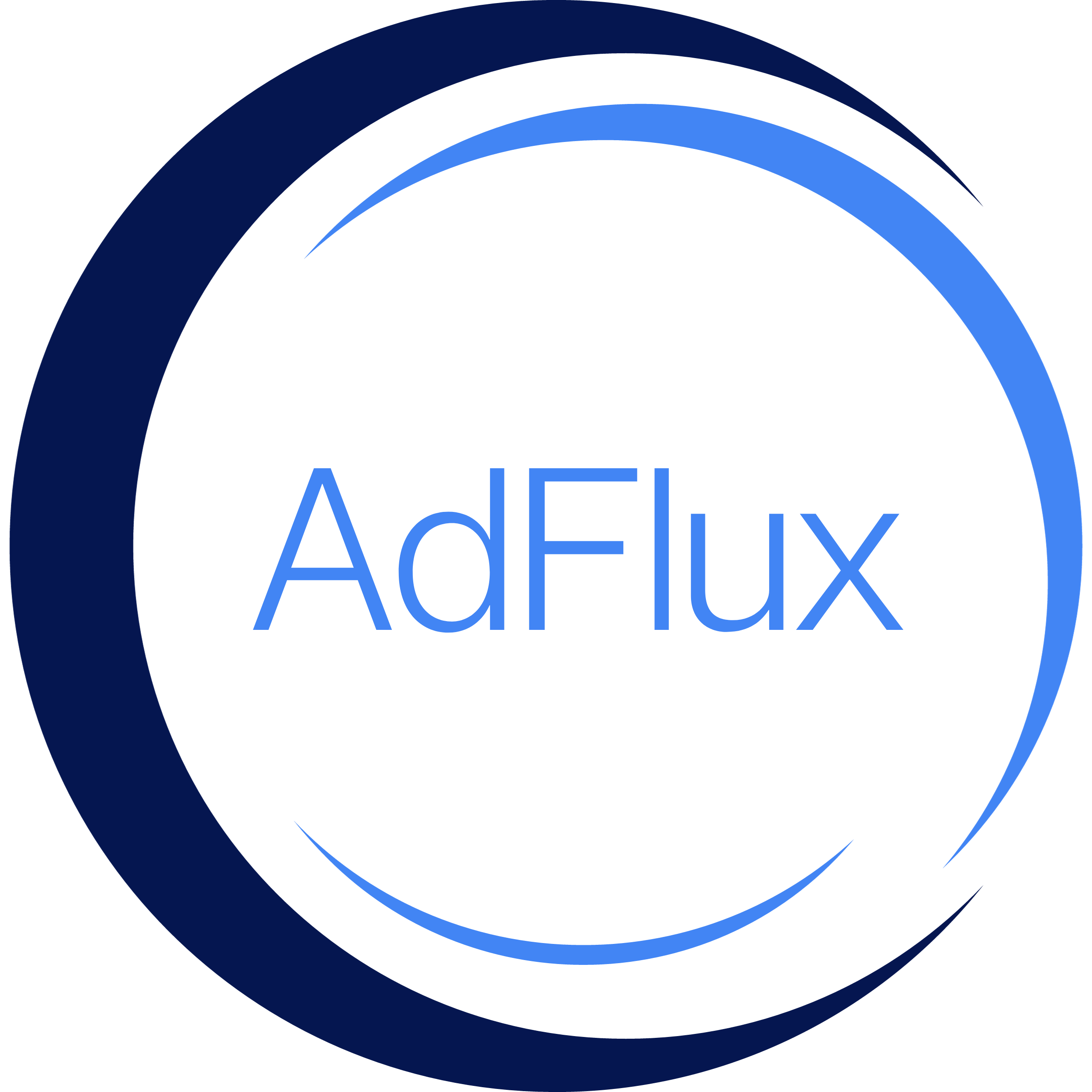Introduction
As digital marketing has grown over the last decade, one channel has become more dominant than ever: Google Ads. According to research conducted by [The Social Shepherd](https://thesocialshepherd.com/blog/google-ads-ppc-statistics), Google Ads now make up 61% of the total paid search market. This translates to businesses spending billions on Google Ads each year, and the numbers continue to rise. In 2021 alone, Google Ads revenue grew by an astonishing 43% to $209 billion [1].
This incredible growth reflects marketers’ increased reliance on Google Ads as a core advertising channel. While other digital and traditional channels show declining ad spend, Google Ads are swallowing up a greater and greater portion of marketing budgets. This trend raises important questions – have marketers become overreliant on Google Ads as their main customer acquisition strategy? And what are the risks and opportunities of diversifying spending across marketing channels?
Google’s Dominance in Digital Advertising
Google has become the dominant player in digital advertising over the past decade, capturing a majority share of global digital ad revenue. According to one report, Google’s market share of digital advertising revenue was [around 31% globally in 2016](https://www.midiaresearch.com/blog/the-digital-advertising-contest-between-google-and-facebook-is-intensifying), growing to over 53% in the US market in 2018. More recent estimates put Google’s current global market share even higher, at around [30% of total global ad spend across all media](https://www.quora.com/What-is-Googles-market-share-of-global-ad-revenue-and-how-does-it-compare-to-its-competitors).
This growth and dominance can be attributed to Google’s strength in search advertising, through platforms like Google Ads, as well as its ability to leverage user data to target ads effectively. Google has scale, reach, advanced targeting capabilities, and controls key access points to users like search and YouTube. With these advantages, Google has cemented itself as the go-to digital advertising platform for many businesses.
Decline in Other Marketing Channels
Traditional marketing channels like print, television, and radio have seen decreases in advertising revenue in recent years. According to the New York Times, the company reported an 18.5% decline in print advertising revenue in Q3 2016 . Politico also noted the New York Times’ significant drop in print ad revenue that quarter.
Other publications have faced similar challenges. The Irish Times reported “accelerated decline” in print ad revenue in 2016, with a 10% decrease year-over-year. While digital revenues are growing for many publishers, it has not fully offset the declines in legacy print and broadcasting channels.
Risks of Over-Reliance on Google
While Google Ads are rapidly becoming the dominant digital advertising channel, relying too heavily on one channel comes with considerable risks.
Google frequently updates its algorithms and policies, which can suddenly reduce visibility for businesses targeting the platform. Costs per click and overall spend can also increase over time as competition rises on Google. Additionally, focusing ad spend predominantly on Google means missing opportunities to reach diverse audiences on other emerging channels and platforms.
Diversity and balance across marketing and advertising activities is key to mitigating risk. Over-reliance on any one channel, even a dominant player like Google, leaves businesses exposed.
Diversification Opportunities
While Google Ads can be an effective channel, relying too heavily on one platform comes with risks. Brands should consider diversifying into other marketing channels to reach wider audiences and get better results.
Social media platforms like Facebook, Instagram, and LinkedIn provide opportunities to engage existing and potential new customers. Tailored content and advertising on these platforms can increase brand awareness and drive conversions. Email marketing allows more personalized outreach to subscribers. Search engine optimization improves visibility in organic searches.
An integrated approach combining multiple channels leads to improved efficiency and greater reach. For example, an SEO strategy can increase visitors from Google, while paid ads retarget those who don’t convert immediately. Email and social media help nurture leads.
Brands that only rely on Google Ads miss out on opportunities to build relationships and trust across channels. A diverse strategy allows tailored messaging to different audiences, reinforcing core brand values. Rather than putting all eggs in one basket, smart marketers diversify to get the best results.




